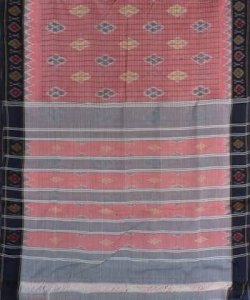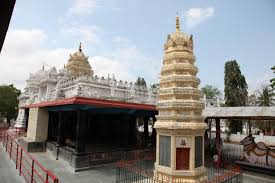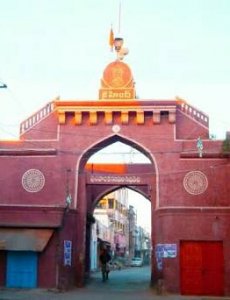Siddipet Komati Cheruvu is cool. India has been one of the most popular countries in the field of the Textile industry. It produces distinct varieties of materials and textures.
Siddipet Komati Cheruvu
Textile industry includes various machinery that contributes to the process of cloth-making but earlier, such machines were not used and even affordable.
People used to weave cloth or materials with the help of ‘Handloom’. The name itself denotes that Handloom is a loom, utilized for weaving cloth.
These handlooms did not require electricity and were found in almost every alternate house i.e. weaver’s place. Such machines could be operated by hand or foot power accordingly.
Fortunately, not every place has modern machines for weaving and dying. Handloom machines are still used though being a traditional tool cause it serves the purpose successfully even today!
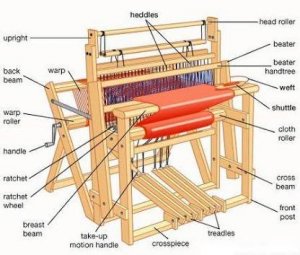
Let us have a look at one of the richest handloom customs of our nation.
Siddipet handlooms
Siddipet, is the biggest city of Medak district in the state of Telangana (early references Andhra Pradesh). This very city is famous for its handloom sarees which is remarkable for its patterns and inlay techniques.
Siddipet has traditional looms, whose design is almost 100 years old. Looms perform the action the weaving but what is ‘Weaving’?
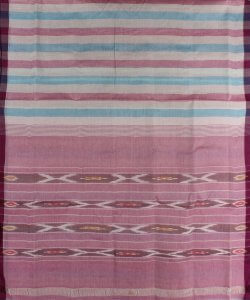
When two sets of yarn, the weft (width) and the warp (length) are interweaved, the process of Weaving takes place. Siddipet weave is also widely accepted with the name of ‘Tie and Dye weave’. Cotton fabric is prominently used for this weaving.
According to the weavers, the warp and weft both are tie and dyed as per the technique before it is weaved to create patterns on the fabric. The transferring of the design onto the colored warp and weft is what makes it unique.
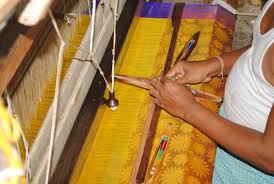
The process of Siddipet Komati Cheruvu
Here is how various materials undergo weaving with the help of traditional handlooms :
a). Cotton fabric is opted as a material.The warp and wefts are now tie-dyed with complete natural colors and sources. Siddipet handlooms are especially known for its durability of colors used in yarn. The mixture of original color gives durability. Great care has to be taken in tying procedure.
b). Later the wrapping is done where the precision results in clarity of the design.
c). Once the threads are coloured with desirable combinations, they are ready for weaving process.
d). Weaving is done on the handloom, while every thread in the saree is hand woven.
e). The count of threads used in weaving determines the softness and hardness of the fabric.
Features of town siddipet
Siddipet is also known for its ancient structures like temples as well as mosques and churches surrounding the city. These holy places are famous for its sculptures, history and the deities.
Monuments such as Lal Kaman (The Red monument with an arc or bow which is built with red stones, Jama Masjid (within the premises of Lal Kaman) and the Burj (Arabic word for Tower) are a part of the evidence.
According to the natives, Siddipet town had 72 Burj within and around the city back then but due to sheer negligence, they all got demolished. Only 1 Burj on this date, stands in the town as the artifact of history.
In Spite of global admiration for handwoven sarees, recently the weavers haven’t found the sales to be encouraging. Weaving a saree takes around 3-4 days, but the weaver earns a scanty amount. Nevertheless, this town is developing as a leading face of state Telangana.
This place owns diverse educational institutions which are reputed enough to enlighten the youngsters! A village where the only source for better employment was handloom, is today a city, actively initiating various projects to prosper even more in the modern world. Indeed, the spirit of Siddipet is as unique as its handloom tradition!


